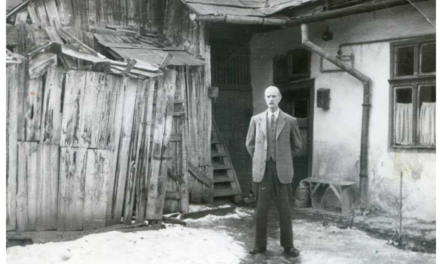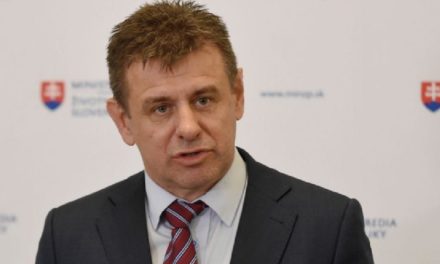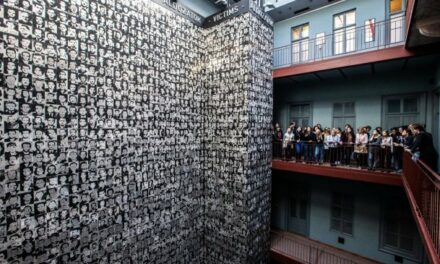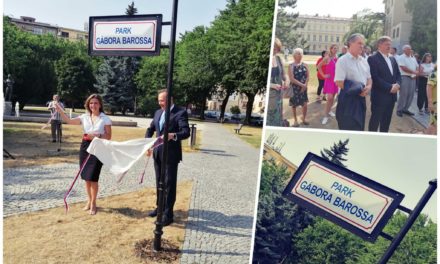In the area of Ipolybalog and Ipolyvece, the construction of a bridge for pedestrian and bicycle traffic would be a huge advantage, which would reconnect the Palóc communities living on both sides of the Ipoly.
On Easter Sunday, April 4, the declaration of intent regarding the bridge to be built between Ipolybalog and Ipolyvece for bicycle traffic was signed in a ceremonial setting. Due to the current epidemic situation, the partners signed the document on both sides of the border river.
János Molnár , the mayor of Ipolyvece, and Péter Bálint Ipolybalog were the first to sign their memorandum of understanding, in which they support the construction of the bridge and request the contribution and assistance of the ministries of their countries for the construction of the border crossing. According to the plans, the bridge named after the Holy Crown will be used by pedestrian and bicycle traffic. The construction of the future bridge will greatly help the cooperation of the villages on both sides of the border and the deepening of existing relations.
The initiator of the bridge is Károly Pászti , a resident of Budapest, a member of the Szent Korona Choir in Ipolybalog and his second-in-command.
The statement reads:
"The name of the future bridge was not in question, since in the Middle Ages, the retreating King Wenceslas hid the Hungarian Holy Crown in the Árpád-era fortress church in Ipolybalog. In honor of this, a copy of the crown decorates the church tower, and an authenticated copy rests in the fortress church, and the Holy Crown Celebration has been held here for a decade and a half now...
...The purpose of the Szent Korona bridge is to strengthen and develop the cultural, economic and national cooperation between the two settlements, indirectly the two regions, and thereby the two countries, and to create a new pedestrian and bicycle traffic route. "
The parties signed the declaration of intent on the Slovak and Hungarian shores of the Ipoly, and then it was delivered to the other side in a small, plugged bottle. The mayors of the area, representatives of civil organizations and leaders of the churches were also present at the ceremony.
As Márk Czibulya , the representative of the Ipolybalog Municipality, told Felvidék.ma:
"Until now, there has been no substantial closer relationship between the two settlements, so the matter of the bridge also foreshadows the establishment of a future relationship. He added: before the Trianon border change, there was an active relationship between the settlements, and kinship ties still connect the people living there.
"The relationship also withered due to the current border-crossing possibilities, since although we are close, we are still far from each other. The bridge not only helps to strengthen the relationship on a physical level, but also on a spiritual level, both on the municipal and individual level," said Márk Czibulya.
At that time, there were nearly fifty bridges on the Ipolyon. Most of them were destroyed after the Trianon peace decree and the Second World War. In the border section, only a few bridges connect the once organically intertwined region. Today, thanks to cross-border cooperation, several bridges are being built in the region, most of which also serve car traffic.
Author: Péter Pásztor/Felvidék.ma
The full article can be read HERE
Cover photo: Péter Bálint with the letter of intent (Photo: Ottó Molnár and Mátyás Csáky)












